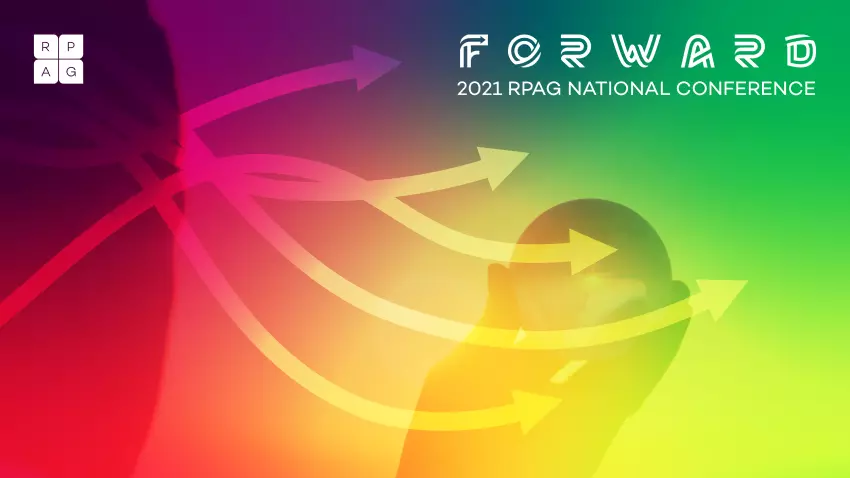Behavioral Finance and Plan Design: Four Ways to Boost Participation

Though many employees are aware that behaviors such as enrolling in and contributing sufficiently to their company 401(k) can help them prepare for a successful retirement, too often they fail to develop the necessary saving and investing habits. One reason for this may be an outsized influence of emotion, biases and faulty heuristics on financial planning at the expense of more rational decision making. And this could also be why participant engagement strategies that rely exclusively on financial education are sometimes met with limited success.
Behavioral finance is the study of how psychology plays a role in investment decisions and market behavior. By leveraging the principles of behavioral finance, sponsors can engineer plans to encourage higher participation and contribution rates as well as help employees overcome procrastination, inertia and fear-based decision making.
Auto-enrollment 2.0
Many new hires waive enrollment due to financial constraints, but sometimes even more financially secure employees avoid enrollment as well. A well-designed auto-enrollment feature can help overcome this obstacle. By auto-enrolling participants every two to three years — instead of just once — and communicating clearly with employees about the reasoning and advantages for doing so, employers can assist workers in taking a crucial first step toward achieving retirement readiness.
Limiting Fund Options
The notion of a “paradox of choice” refers to the concept that too many options can overwhelm decision making — and this phenomenon can likewise negatively impact how participants approach decisions pertaining to retirement savings. When faced with a too-large array of investment options, employees are more likely to avoid enrolling altogether. In fact, a Department of Labor analysis shows that for every fund added to an investment menu, participation decreases by .15-.2%. Fidelity Investments has noted this trend, and states that the largest plans under its management now offer fewer than 16 options in the company’s core lineup, which is notably 10 fewer than in 2010.
Well-timed Auto-escalation
Many financial advisors recommend that workers strive to achieve a 15% retirement plan contribution rate. However, participants often don’t increase their contributions due to any number of financial concerns — particularly the liquidity constraints inherent to defined contribution plans. But increasing allocation rates automatically can boost retirement readiness by getting participants closer to that target over time. And this may be most effectively timed when increases are paired with pay raises.
Target Date Fund QDIA Adoption
Some participants neglect rebalancing their 401(k)s, which can lead to inappropriate levels of investment risk as they approach retirement. In fact, a TIAA-CREF study found that the median number of reallocations was actually zero. One way to combat this problem is the implementation of target-date funds (TDFs) as the plan QDIA, which rebalance automatically to decrease risk as participants near their retirement date. TDFs are becoming popular in core investment lineups, and some newer, more flexible products even allow participants to customize their TDF to reflect their personal risk tolerance.
Misplaced Fear Can Impact Sponsors Too
A number of employers are reluctant to implement auto-enrollment and auto-escalation, fearing participants may react negatively, but data shows that employees largely approve of such features. In fact, according to one study, 90% of participants remain enrolled in plans following auto-enrollment, and 83% state that they’re comfortable with automatic increases, suggesting such fears may be misplaced. Moreover, auto features that, in effect, help design retirement plans for greater success, align with the broader industry trend toward “do it for me” financial wellness, where participants are increasingly removed from certain aspects of investment decision making. So, if you aren’t implementing auto features in your retirement plan, consider giving them another look.
Sources:- https://www.plansponsor.com/vanguard-report-underscores-power-automatic-enrollment/
- https://www.principal.com/businesses/trends-insights/why-your-401k-needs-automatic-escalation
- https://sponsor.fidelity.com/bin-public/06_PSW_Website/documents/Building_Financial_Futures.pdf
- https://clear.dol.gov/study/how-much-choice-too-much-contributions-401-k-retirement-plans-iyengar-et-al-2003



